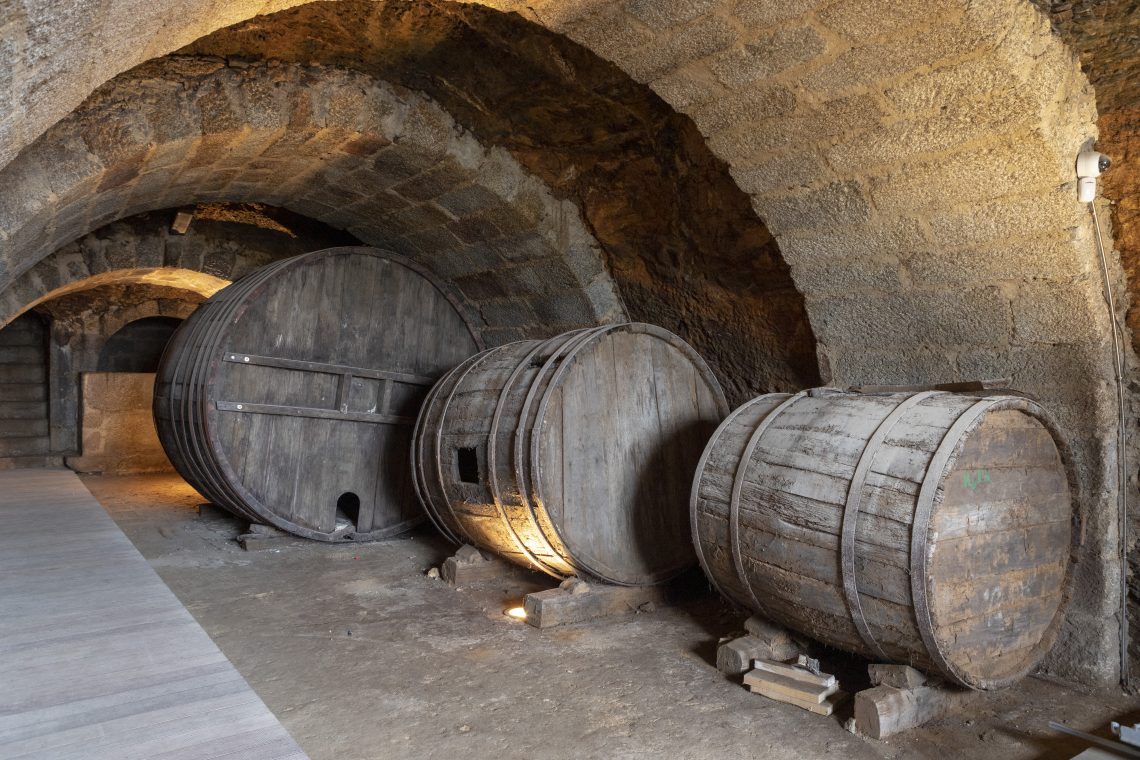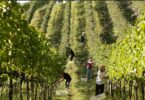The Galicia Wine Museum is a regionally owned museum, created with the aim of preserving and disseminating the cultural wine heritage of Galicia.
The exhibition covers three floors of a unique building, built in the 18th century as a priory for the exploitation of the dependent wine of the Mosteiro de San Martiño Pinario in Santiago de Compostela and converted, after Mendizábal’s disengagement, into the rectory of Santo André de Camporredondo.
Let’s find out more from the words of the director of the Museum, José César Llana Rodríguez.
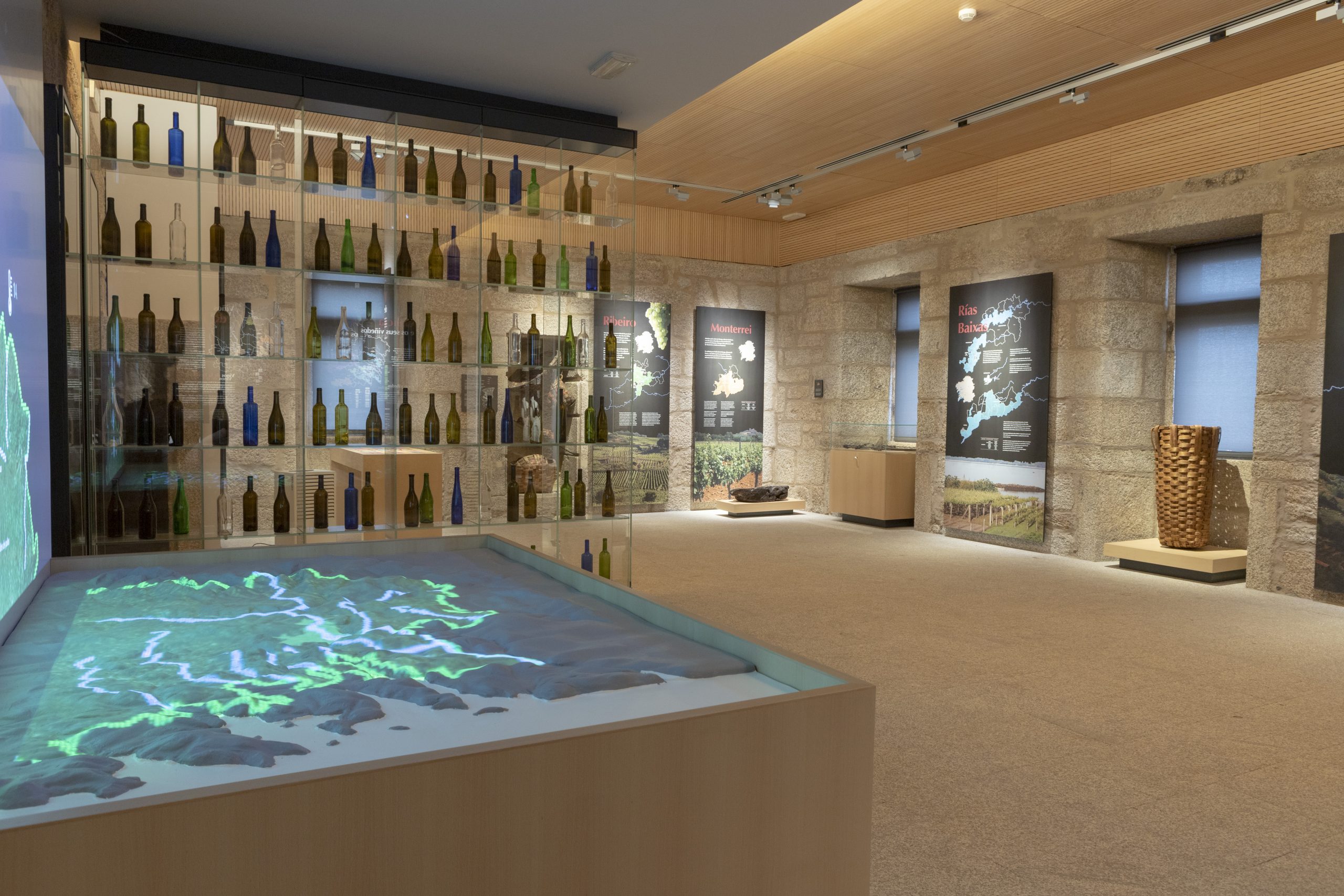
©MUSEO DO VIÑO DE GALICIA
When was the Museum born and which goals have been achieved to date?
The Galician Wine Museum was created in 2019, through the Decree of the Xunta de Galicia 86/2019, of 27 July, creating the Galician Wine Museum; inaugurated on July 18 of the same year.
To date, in addition to contributing to the conservation, documentation, research, display and dissemination of the wine heritage of Galicia through its exhibitions, it has developed educational and information activities aimed at promoting knowledge of the Galician wine industry.
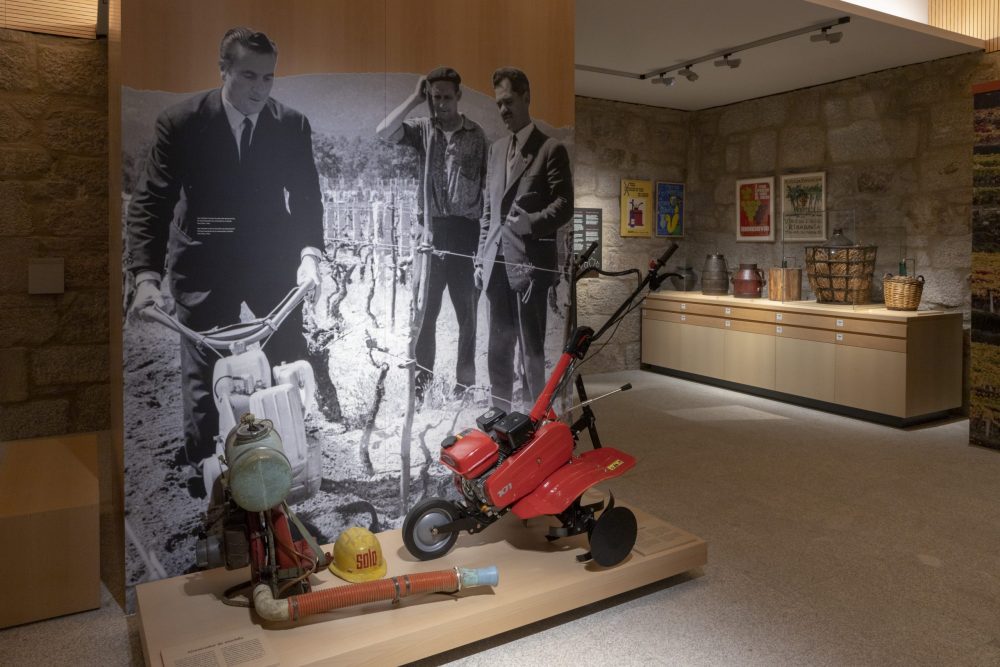
©MUSEO DO VIÑO DE GALICIA
The building has an important cultural value. Can you tell us about its historical relevance?
It is an authentic example of “wine architecture”, as it was built to house the headquarters of the farm in the Ribeiro of the great Compostela monastery of San Martín Pinario. From here the wine interests of this ancient wine region were managed. It consists of a cellar, a functional area where five presses are located, an intermediate space and in the upper part the lodgings and offices of the monk in charge of management and his assistants and service personnel. An excellent architectural asset with a neoclassical design, designed to accommodate and respond to the needs of the large cellar it hosts.
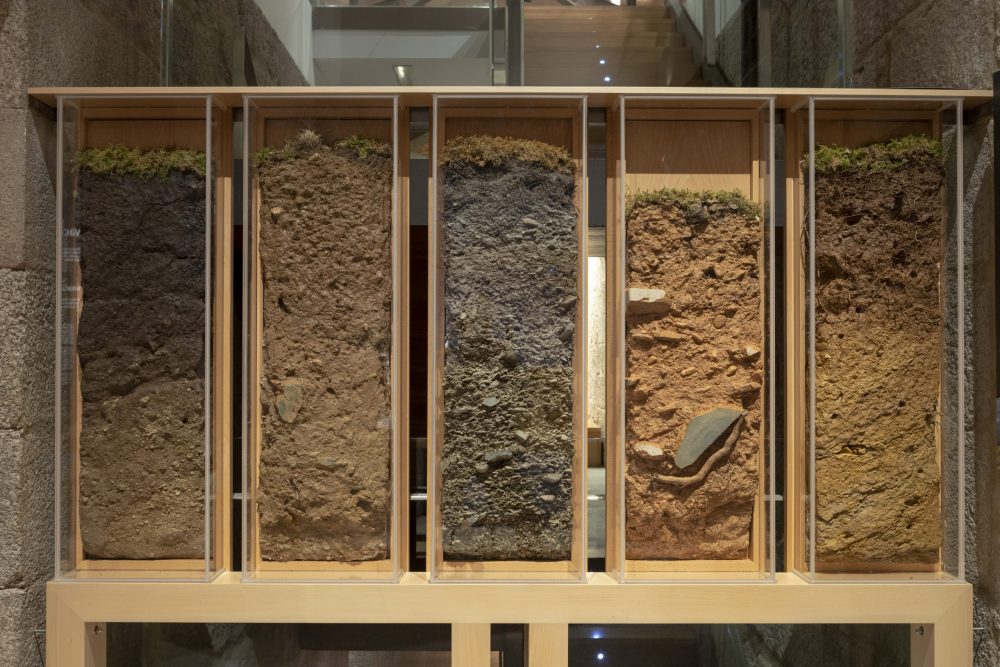
©MUSEO DO VIÑO DE GALICIA
How is the Museum structured and what does it offer the visitor?
The Museum is structured on four floors which house eight exhibition spaces plus the cellar. Upstairs are the reception and four rooms dedicated, respectively, to the creation of wine landscapes and their evolution, to the agricultural work of the vine and to the associated traditional crafts, to Galician wines with their designations of origin and protection of geographical indications, the fourth alludes to social processes, the fight against parasites, the mechanization of viticulture, cooperativism, wine fairs … and the identity of the wine producing regions. The middle floor is dedicated to temporary exhibitions, at this time the image of Galician wine is shown through its labels and previously an exhibition dedicated to wine on the Camino de Santiago was exhibited. The lower floor allows you to visit the cellars, complemented by samples of different pressing processes, as well as the tools of cuberos and coopers. This area is completed with a tunnel of wine aromas that leads to the cellar. Shows tanks of different capacities and functions. The speech is integrated in all rooms with audiovisual resources and a free application.
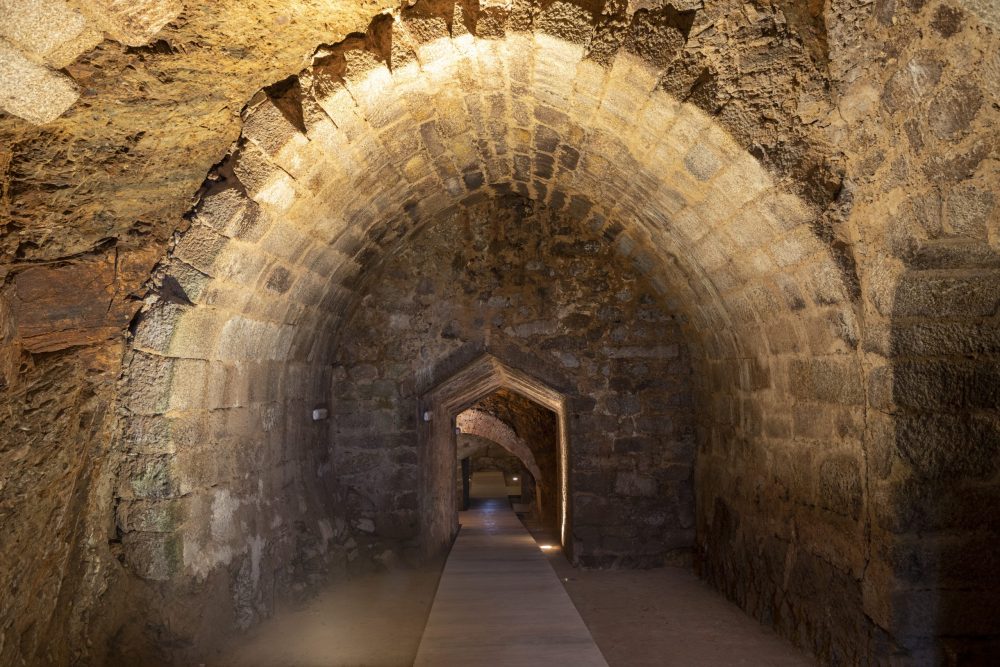
©MUSEO DO VIÑO DE GALICIA
What are the main points of interest of the museum that most attract the visitor?
People who do not come from wine-growing lands are often surprised by the agricultural cycle of the vine. Others are amazed by the variety of Galician wines and, in general, the visiting public enjoys the magnificent hall with the original presses, with its working channel for carrying the must to the cellar by gravity. Furthermore, being in the center of the vineyard, contemplation from the large terrace of the landscape that changes with the seasons of the year is another moment of enjoyment for those who visit us.
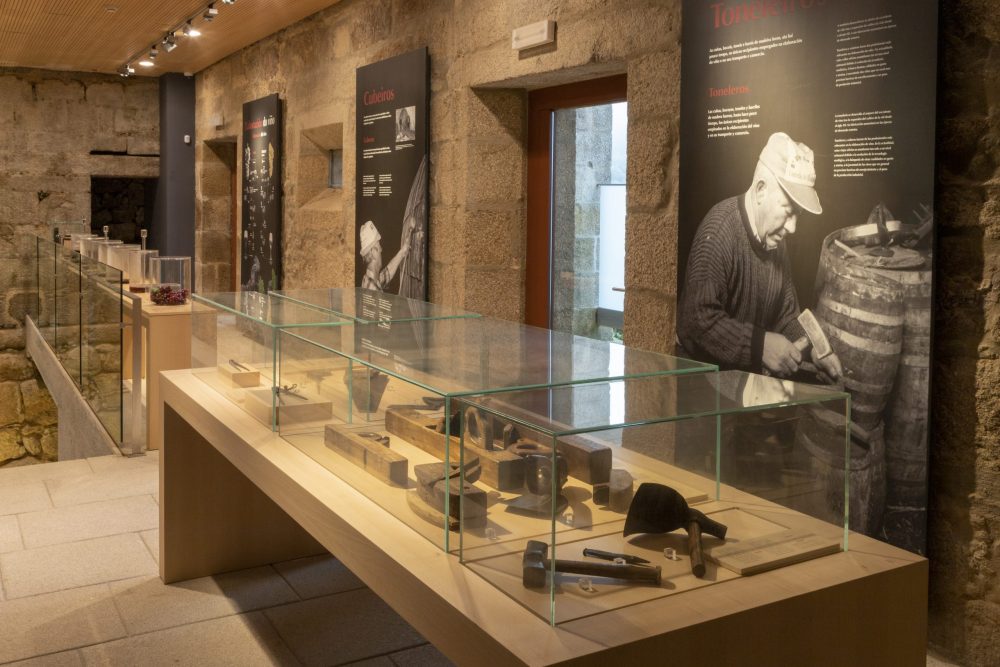
©MUSEO DO VIÑO DE GALICIA
Why is the Galician Wine Museum worth visiting?
By visiting the Wine Museum of Galicia, you will have the experience of knowing, first of all, a unique building built by and for wine, which shows the long history of this land in the production of wine. Furthermore, those who visit us will learn the series of tasks that the vineyard requires first and the cellar process afterwards. Likewise, you will understand the diversity of Galician wines resulting from the interaction of soils, grapes, environmental conditions and, above all, from the knowledge accumulated by generations of men and women dedicated to the cultivation of grapes and the production of wine.
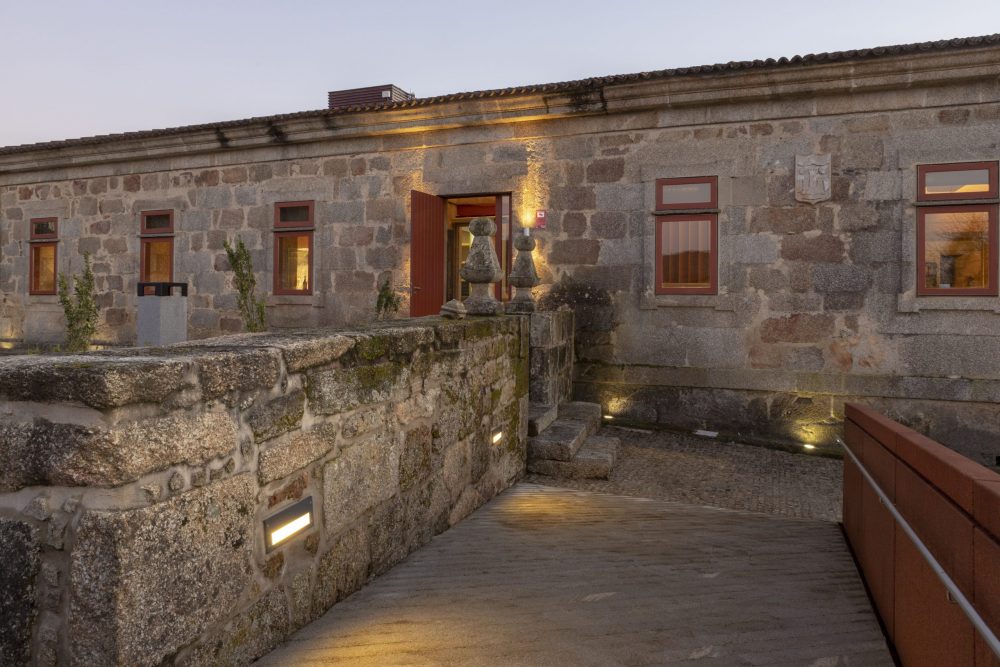
©MUSEO DO VIÑO DE GALICIA
The Wolf Post is free, always without paid content.
It is supported by a Culture Association.
Yet, your contribution would also be a sign of appreciation for our work.


